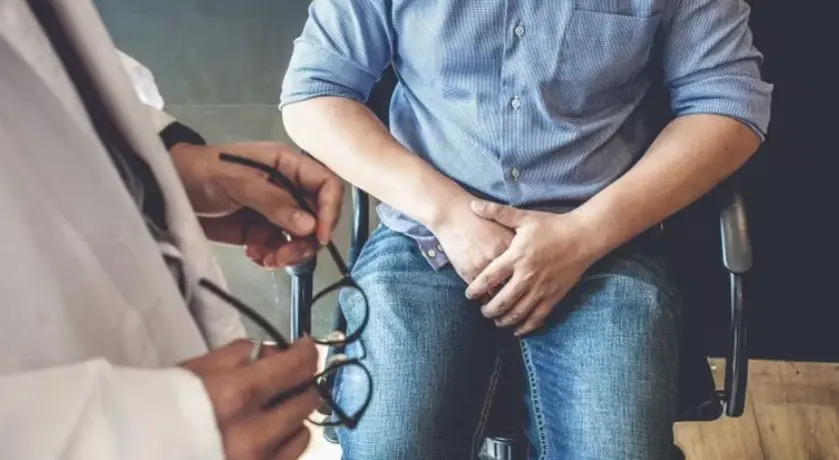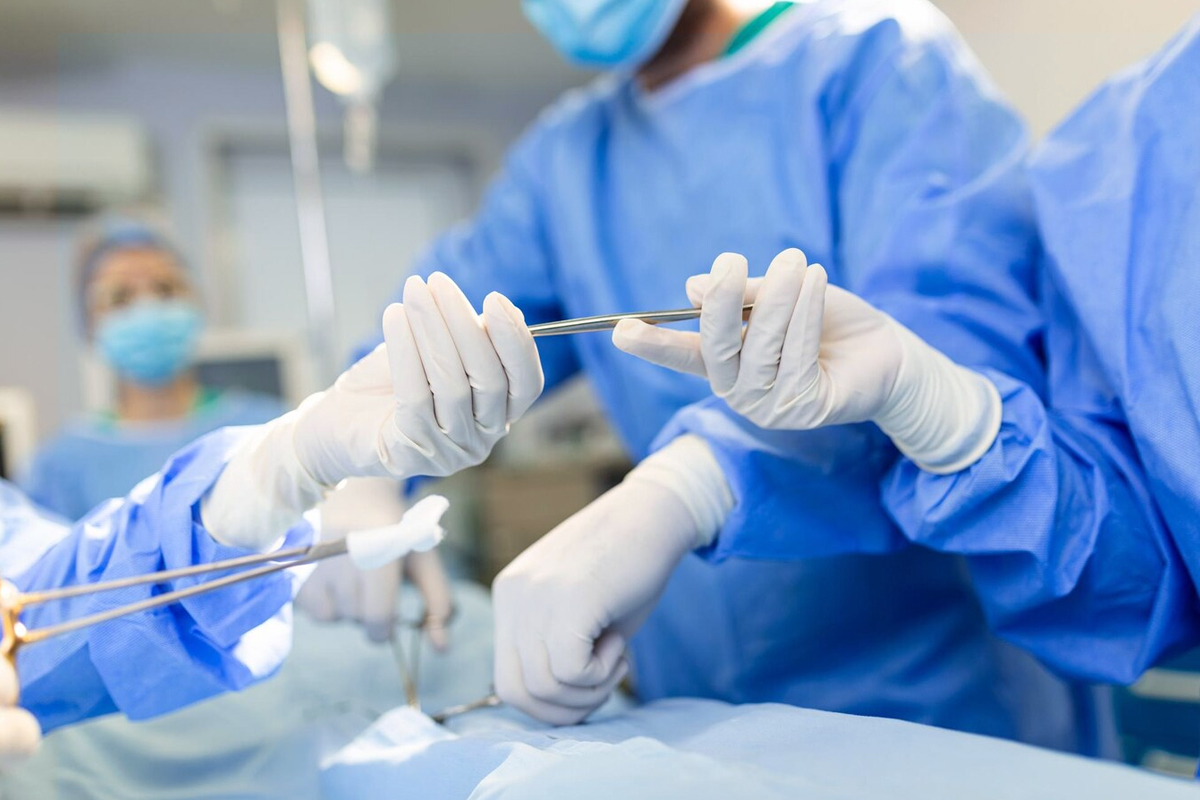Note Dr. Florence Colella, medical uróloga about testicular Cancer, what are its symptoms and what is fundamental to the early detection.
Cáncer de testículo: una enfermedad que afecta a hombres jóvenes
El cáncer de testículo afecta principalmente a hombres jóvenes entre 15 y 35 años. Su prevalencia es de 1 caso cada 250 varones. Se origina en las células germinales, encargadas de producir espermatozoides. Es un tipo de cáncer altamente tratable, con buenas probabilidades de curación si se detecta a tiempo. Sin embargo, muchos jóvenes no consultan al urólogo por vergüenza, lo que puede retrasar el diagnóstico.
Síntomas frecuentes del cáncer de testículo
Los síntomas más comunes incluyen:
- Bulto no doloroso en el testículo
- Aumento del tamaño del escroto
- Enrojecimiento o acumulación de líquido
- Malestar en la región genital o en la ingle
Aunque se desconocen las causas exactas, existen factores de riesgo como antecedentes familiares y anomalías en el desarrollo testicular.
Importancia del autoexamen testicular
La detección precoz es clave. Se recomienda realizar el autoexamen testicular regularmente para identificar cambios inusuales. Este examen debe hacerse frente a un espejo, palpando suavemente cada testículo con ambas manos. Se deben detectar nódulos o cambios en la consistencia sin que haya dolor.
Diagnóstico y tratamiento
Un médico urólogo debe confirmar el diagnóstico. Para eso, se realizan:
- Examen físico
- Estudios de imagen (ecografía)
- Análisis de laboratorio con marcadores tumorales
El tratamiento suele comenzar con una orquiectomía, es decir, la extirpación quirúrgica del testículo afectado. Según los resultados, puede ser necesaria quimioterapia o radioterapia. Si el otro testículo está sano, la fertilidad generalmente no se ve afectada. Aun así, se recomienda considerar la preservación de esperma antes de iniciar ciertos tratamientos.
Conclusión: detectarlo a tiempo salva vidas
Detectar el cáncer de testículo en etapas tempranas mejora significativamente las tasas de curación. Consultar a tiempo con un especialista es fundamental para recibir un tratamiento adecuado y conservar la calidad de vida.
Read full article:







